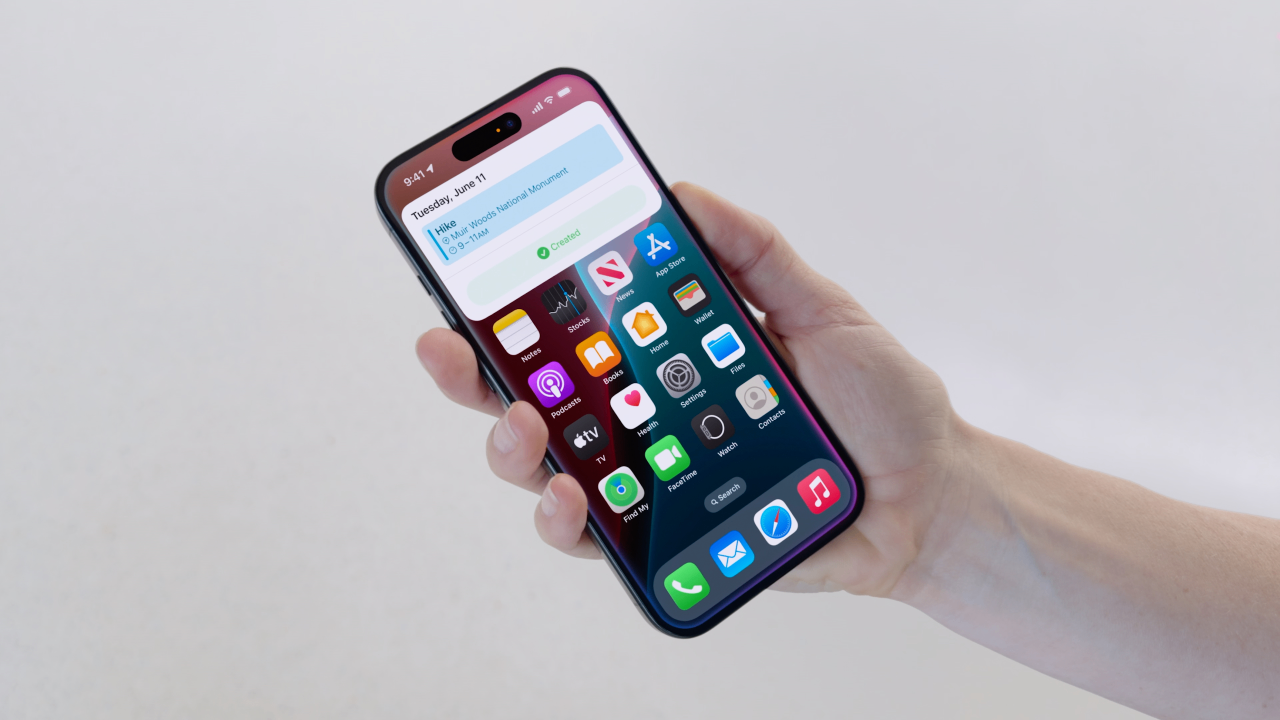Analyst Forecasts Apple To Enter Super Upgrade Cycle, Market Cap Could Surpass $40 Billion
Several analysts, including JPMorgan, Jefferies and Wedbush, expect an AI-driven upgrade cycle to follow for Apple.
On Tuesday, Apple shares fell slightly as the company's iPhone 16 series was nearly in line with market expectations.
Despite the current muted market reaction, several analysts, including JPMorgan, Jefferies and Wedbush, expect an AI-driven upgrade cycle to follow for Apple.
Apple will usher in a super cycle of device upgrades?
Analysts at JPMorgan were more cautious, saying there is some uncertainty about Apple's AI plans due to the lack of a “concrete timeline” for the rollout of many of its AI features, which could hurt sales in the short term.
Analysts at Jefferies similarly said the vagueness of the timeline for AI feature releases could turn the upcoming upgrade cycle into a multi-year one, with the iPhone 17 and beyond being released once more useful features become widely available, rather than a massive upgrade to the iPhone 16.
In contrast, analysts at Wedbush Securities have a more optimistic view.
Wedbush Securities analyst Dan Ives said that thanks to Apple Intelligence, the iPhone 16 will be the most successful iPhone product in Apple's history. He said, “We believe a cautious rollout of Apple Intelligence features over the next 6-9 months is the right strategy to catalyze the opportunity for a major upgrade in Apple's installed base.”
Ives raised his price target on Apple to $300 from $285, implying that the stock has about 38% upside from its current price. iPhone 16 will help Apple's valuation reach $4 trillion by 2025, Ives said. For comparison, Apple's current market capitalization is at $3.35 trillion.
Ives expects iPhone sales to grow in the high single digits over the next 12 to 18 months, culminating in a switching mega-cycle.
Ives explains, “We keep finding more signs throughout the Asian supply chain that this iPhone upgrade cycle could be a historic one, setting the stage for a supercycle, as we currently estimate that about 300 million iPhones globally haven't been upgraded in more than four years.”
He predicts that this pent-up demand will eventually drive iPhone 16 sales to 240 million units by 2025.

No price hike may further boost iPhone sales
In addition to Apple's new features, the iPhone also attracted a lot of analytical points in this Apple launch.
Despite upgrading the chip to accommodate new AI features, Apple kept the price of the iPhone unchanged. all versions of the iPhone 16 and 16 Pro were priced the same as last year's new models. That's a stark contrast to years past, when Apple either raised the price of new iPhones or tweaked the lineup to increase the average selling price.
Ives said Apple's decision to keep pricing the same is a “smart strategic move” because it gives consumers more incentive to upgrade their phone models.
However, Apple's move also carries the risk of taking a hit to the company's famously high gross margins.
Bernstein's analyst Toni Sacconaghi said, “We've noticed that commodity prices have risen, and Apple appears to be absorbing that cost rather than passing it on to consumers by raising the average selling price of comparable products.”
Analysts expect that not raising prices means Apple may rely on consumers choosing more expensive models to drive iPhone revenue growth in the next fiscal year. That approach has worked before. The average selling price of Apple's iPhones is estimated to have risen more than 4 percent in the year ended last September, which somewhat offset the impact of a nearly 7 percent sales decline.
Toni Sacconaghi, an analyst at Bernstein, estimated that buyers may opt for a version with more storage capacity, and that the iPhone Pro model would have higher margins.
Several analysts said they have now turned their attention to pre-order data this Friday and early sales figures after the Sept. 20 release to see how consumers view the new phone.
·Original
Disclaimer: The views in this article are from the original Creator and do not represent the views or position of Hawk Insight. The content of the article is for reference, communication and learning only, and does not constitute investment advice. If it involves copyright issues, please contact us for deletion.